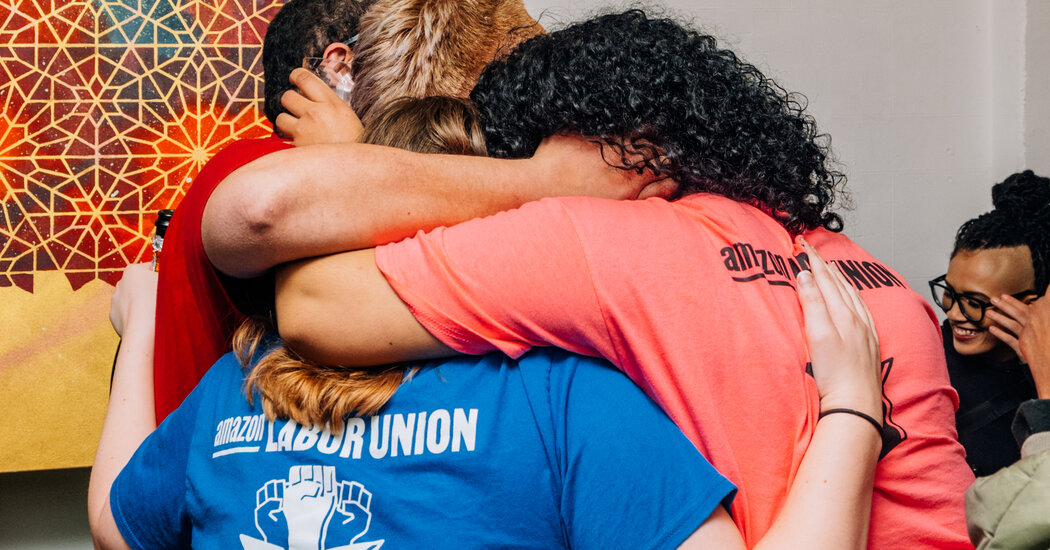
The critics typically acknowledge that the campaigns helped galvanize support for higher wages even if they fell short of unionizing workers. Defenders say the goal is to have an impact on a company- or industrywide scale rather than a few individual stores. They point to certain developments, like a pending California bill that would regulate fast-food wages and working conditions, as signs of progress.
In other cases, workers themselves have perceived the limitations of established unions and the advantages of going it alone. Joseph Fink, who works at an Amazon Fresh grocery store in Seattle with roughly 150 employees, said the workers there had reached out to a few unions when seeking to organize in the summer but decided that the unions’ focus on winning recognition through National Labor Relations Board elections would delay resolution of their complaints, which included sexual harassment and health and safety threats.
When the workers floated the idea of staging protests or walkouts as an alternative, union officials responded cautiously. “We received the response that if we were to speak up, assert our rights publicly, we’d be terminated,” Mr. Fink said. “It was a self-defeating narrative.”
The workers decided to form a union on their own without the formal blessing of the N.L.R.B., a model known as a “solidarity union,” whose roots precede the modern labor movement.
For workers who do seek N.L.R.B. certification, doing so independent of an established union also has advantages, such as confounding the talking points of employers and consultants, who often paint unions as “third parties” seeking to hoard workers’ dues.
At Amazon, the strategy was akin to sending a conventional army into battle against guerrillas: Organizers said the talking points had fallen flat once co-workers realized that the union consisted of fellow employees rather than outsiders.
“When a worker comes up to me, they look at me, then see I have a badge on and say, ‘You work here?’ They ask it in the most surprising way,” said Angelika Maldonado, an Amazon employee on Staten Island who heads the union’s workers committee. “‘I’m like, ‘Yeah, I work here.’ It makes us relatable from the beginning.”


More Stories
Ronny J and Branden Condy were recently spotted together in front of LIV club in Miami Beach, FL
Abu Dhabi Sustainability Week to host first Green Hydrogen Summit
IDEX, NAVDEX to showcase fast-changing defence sector